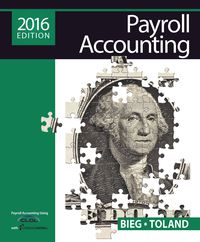Answered step by step
Verified Expert Solution
Question
1 Approved Answer
Compute the following ratios for the companies 2014 fiscal years. (Use formulas): Current ratio Average days to sell inventory. (Use average inventory.) Debt to assets


- Compute the following ratios for the companies 2014 fiscal years. (Use formulas):
- Current ratio
- Average days to sell inventory. (Use average inventory.)
- Debt to assets ratio.
- Return on investment. (Use average assets and use earnings from continuing operations rather than net earnings.)
- Gross margin percentage.
- Asset turnover. (Use average assets.)
- Net margin. (Use earnings from continuing operations rather than net earnings.)
- Plant assets to long-term debt ratio.
- Which company appears to be more profitable? Explain your answer and identify which ratio(s) from Requirement a you used to reach your conclusion.
- Which company appears to have the higher level of financial risk? Explain your answer and identify which ratio(s) from Requirement a you used to reach your conclusion.
- Which company appears to be charging higher prices for its goods? Explain your answer and identify which ratio(s) from Requirement a you used to reach your conclusion.
- Which company appears to be the more efficient at using its assets? Explain your answer and identify which ratio(s) from Requirement a you used to reach your conclusion.
Step by Step Solution
There are 3 Steps involved in it
Step: 1

Get Instant Access to Expert-Tailored Solutions
See step-by-step solutions with expert insights and AI powered tools for academic success
Step: 2

Step: 3

Ace Your Homework with AI
Get the answers you need in no time with our AI-driven, step-by-step assistance
Get Started


